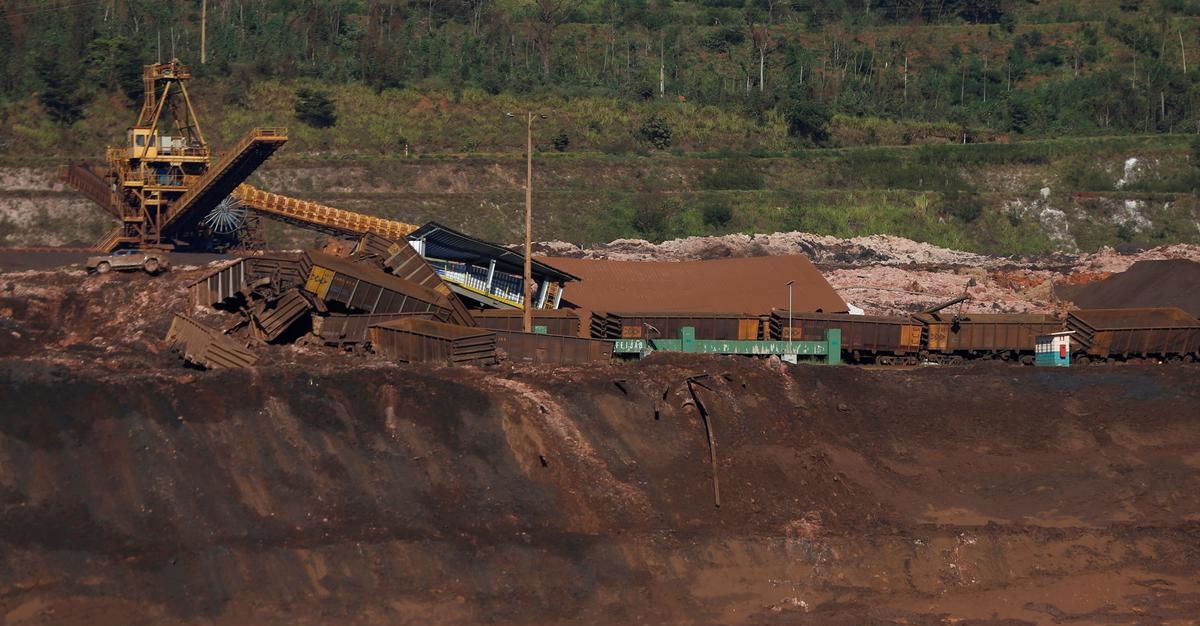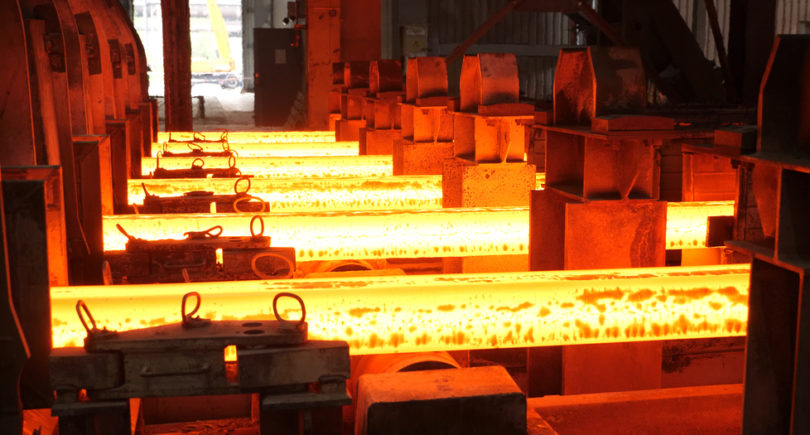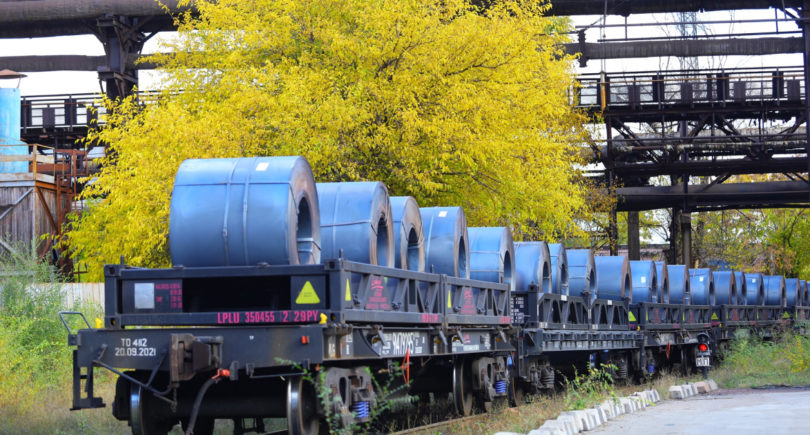
Despite a raw material price hike around the globe, the cost of steel products in Ukraine remained almost the same in the first quarter
The price situation in the global mining & metals market was not stable in the first quarter. The collapse of Vale’s tailings dam caused an iron ore deficit in the first quarter and, consequently, a hike in iron ore prices. According to the latest data, the annual capacity of Vale’s suspended mining assets totals 92.6 million tons. The situation was aggravated by Cyclone Veronica, due to which Australia had to reduce the supply of iron ore.
Therefore, reasons remain to keep high prices for iron ore. On 1–4 April, the price for Iron Ore 62% Fe CFR China (TSI) futures increased from $87.5 to $92.5 per ton.
At the same time, according to the State Statistics Service of Ukraine, domestic prices in the industry in March dropped by 1% following a 1% decline in February and January. However, the March prices in the steel sector grew by 0.7%.
The raw material factor
According to Andriy Tarasenko, GMK Center Chief Analyst, high iron ore prices in the global market are caused solely by the deficit resulting from the accident in Brazil. This, in turn, triggered an increase in the cost of finished products.
“The global demand for steel products is relatively weak. Production activity in the EU, China, and the U.S. is slowing down. This means that prices remain high because of the problems with supply of raw materials, not because of demand-side. Therefore, prices for semi-finished products are relatively high, whereas prices for finished steel products are relatively low so far. A further decrease in prices for steel products is likely. Yet, this year could be quite good in general,” Andriy Tarasenko explained.
According to Vitaliy Shapran, financial expert, Ukraine benefits from the hike in iron ore prices. All domestic steelmakers use their own raw materials. For this reason, with the rise in prices for steel products due to the increased cost of raw materials, drop in margin is no threat to domestic steelmakers.
“However, since the rise in prices for rolled products is due to the rise in prices for raw materials, it is very likely that when prices go up, the sales volume will go down due to the declining demand and limited competition in the market for steel rolled products in the regions. So, the rise in the price for iron ore should have a short-term effect. Of course, unless China suggests that the trend in rolled steel consumption is likely to grow up again,” Vitaliy Shapran added on his Facebook page.
Price balance
Ukrainian steelmakers attempt to keep a balance between export and domestic prices for their products. Although sometimes, a lag of about one month is allowed.
“We are forced to make our sales effective in all markets. And if, for instance, the hryvnia devalues heavily, we start to gradually raise prices to the level of some dollar equivalent suitable for export prices,” said Dmytro Lippa, the former Metinvest SMC CEO at the VII National conference of the steel construction market participants.
“To sell in foreign markets not cheaper than in the domestic one is an important condition for fair trade, so that our producers were not accused of dumping shipments. On the other hand, there is no point in selling at cheaper prices in the domestic market — export is more profitable,” Andriy Tarasenko claimed.
Consumer opinion
Consumers of steel products point out competing price trends for different types of goods. Specifically, according to Andriy Zharyi, the Aurum Group CEO, there was an average decrease of 4.5% in February prices compared to January quotations for flat products.
“However, back in March, the trend changed, and the prices grew by 1.25% compared to February. At the same time, prices for special rolled products did not change,” Andriy Zharyi underscored.
“In January to March, we bought steel mainly from Metinvest, and the price did not change,” Dmytro Tymofeyev, Director of the Logistics and Supply Department of Azov Shipyard LLC, pointed out.
According to Yuriy Vyniar, Development Director and co-founder of ArtBudService (non-residential construction sector), average prices for basic types of steel structures did not change from January to March. A slight increase was recorded in prices for certain types of products, particularly for rolled sections: pipes, channels, and I-beams.
“As a general contractor, our company mainly buys finished steel structures from steel-making plants, whose prices did not change on average over the past six months, only fluctuated within 3–5%,” he added.
Product features
Much depends on the specifics of a particular product. An illustrative example is rebar, which is largely sold in both domestic and foreign markets.
According to Vladyslav Kononov, Managing Partner of development company the AVM Development Group, the price for rebar for housing construction has increased by 6% on average since the begging of the year.
“However, the trend of this indicator is almost 10% lower than a year ago. Last April, the growth was 15% since the beginning of the year,” said Kononov.
“The rebar price directly depends on the market needs and season. It decreases in winter and sharply grows in spring, up to 10–15% in both directions. In our country, this market segment knows almost zero competition, so such jumps tend to be micromanaged through a dealer network,” Yuriy Vyniar explained.
Currency risks
“Domestic sales are relatively small compared to export, 80% and 20% respectively,” said Denys Sakva, senior analyst at Dragon Capital investment company. “That’s why steel-producing companies face low currency risks.”
However, it has to be noted in this context that a significant proportion of costs in the steel industry is linked to the hryvnia, including electricity, wages, shipments, and the like. An illustrative example is Metinvest’s progress report. In 2018, the cost of products sold by the company increased by 35%, which resulted from an increase in the cost of products and services for resale, raw materials, as well as the growing personnel, transportation, and energy costs.
In January–April, the rate of the Ukrainian hryvnia to the U.S. dollar strengthened amidst the fairly high inflation. From the beginning of the year to 11 April, the official exchange rate of the national currency increased by 3.3%, up to UAH 26.77 per $1.
The revaluation of the hryvnia is not beneficial to exporters. The increase in the cost in the dollar equivalent reduces their competitiveness.





